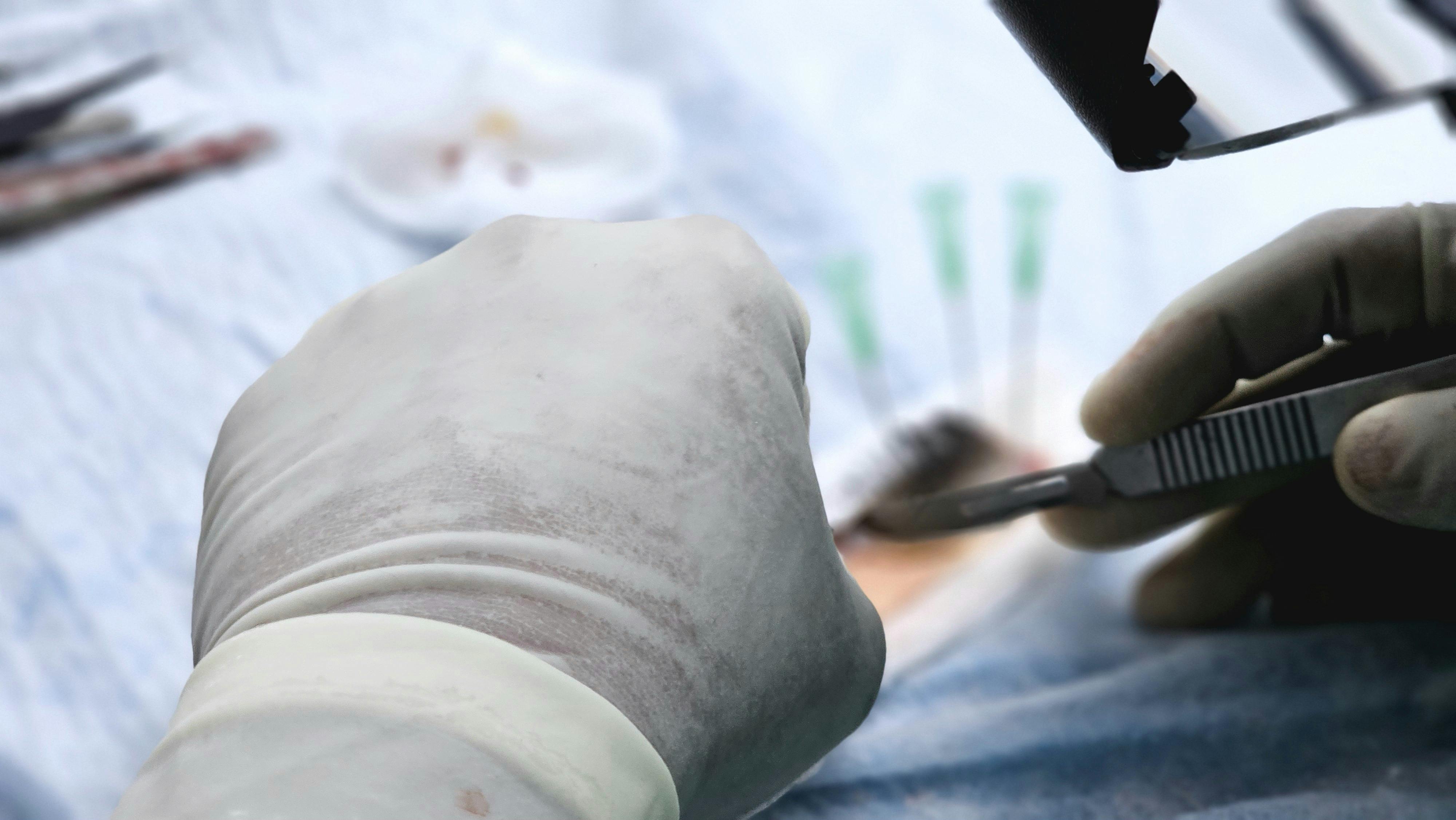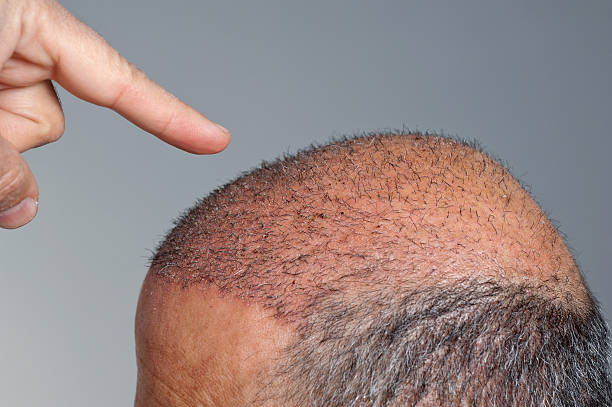Unraveling the Intricacies of Hair Transplantation: A Comprehensive Guide
In the age of social media and digital presence, outward appearances hold significant sway in shaping an individual's self-esteem and confidence. Among these, hair plays a crucial role, considered by many as a symbol of youth, vitality, and beauty. However, a significant portion of the population struggles with hair loss, a problem that can lead to diminished self-esteem and stress. One of the most sought-after solutions to this pressing issue is hair transplantation, a medical procedure that has evolved considerably over the years.

Understanding Hair Transplantation: What It Is and How It Works
Hair transplantation is a surgical procedure that involves removing hair follicles from one part of the body (known as the ‘donor site’) and transplanting them to a bald or balding part (known as the ‘recipient site’). The procedure primarily caters to male pattern baldness but is also used for restoring eyebrows, eyelashes, chest hair, pubic hair, and to fill in scars caused by accidents or surgery.
Two primary techniques are used in modern hair transplantation: Follicular Unit Transplantation (FUT) and Follicular Unit Extraction (FUE). FUT involves removing a strip of skin with hair from the back of the head, dissecting it into individual follicular units, and implanting them into the balding area. On the other hand, FUE involves extracting individual follicles from the donor area and grafting them onto the recipient site. Each technique has its strengths and trade-offs, which should be considered carefully in consultation with a professional.
The Historical Journey of Hair Transplantation
The history of hair transplantation can be traced back to the 19th century. However, the major breakthrough occurred in the mid-20th century when Dr. Norman Orentreich introduced the concept of ‘donor dominance.’ He suggested that hair follicles taken from areas unaffected by baldness could be transplanted to balding areas without losing their resistant properties to balding. His work laid the foundation for modern hair transplantation, paving the way for future advancements.
The evolution from the initial plug graft method, which often resulted in a ‘doll’s hair’ appearance, to the more natural-looking follicular unit transplantation techniques, represents the significant progress in this field. With the advent of technology and improved surgical techniques, hair transplantation has become less invasive, more efficient, and offers more natural and aesthetically pleasing results.
The Current Relevance and Impact of Hair Transplantation
In recent years, hair transplantation has seen a surge in popularity due to the increasing prevalence of hair loss and the growing concern for aesthetics. According to the International Society of Hair Restoration Surgery, approximately 635,189 hair restoration procedures were performed worldwide in 2017, a 60% increase from 2010.
The impact of hair transplantation extends beyond physical appearance. Many individuals who have undergone the procedure report improved self-esteem, increased confidence, and a more positive self-image. Furthermore, with celebrities and public figures openly discussing their hair transplants, the procedure is becoming more accepted and less stigmatized.
The Reception and Trends in Hair Transplantation
While hair transplantation has been largely embraced, it’s not without its critics. Some argue that the procedure reinforces societal beauty standards, while others caution against the potential risks and complications, such as infection, scarring, and unnatural-looking results.
However, advancements in technology and techniques continue to reshape the field. Robotic hair transplantation, for instance, is gaining momentum. This method uses robotic assistance to enhance precision, reduce fatigue, and increase the success rate of graft survival. Likewise, regenerative medicine, including stem cell therapy and platelet-rich plasma therapy, is being explored as a means to enhance hair growth and improve the results of transplantation.
A Final Word: The Uniqueness of Hair Transplantation
Hair transplantation stands out in the realm of cosmetic procedures due to its unique blend of artistry and science. It’s not merely a surgical procedure but a craft that requires a keen aesthetic sense and technical prowess. It offers an effective solution to hair loss, transforming lives by restoring not just hair, but confidence and self-esteem.
In conclusion, while hair transplantation has come a long way since its inception, it continues to evolve, driven by technological advancements and a deeper understanding of hair biology. As the field progresses, it is hoped that more people will benefit from this transformative procedure, helping them reclaim their confidence and self-image.




